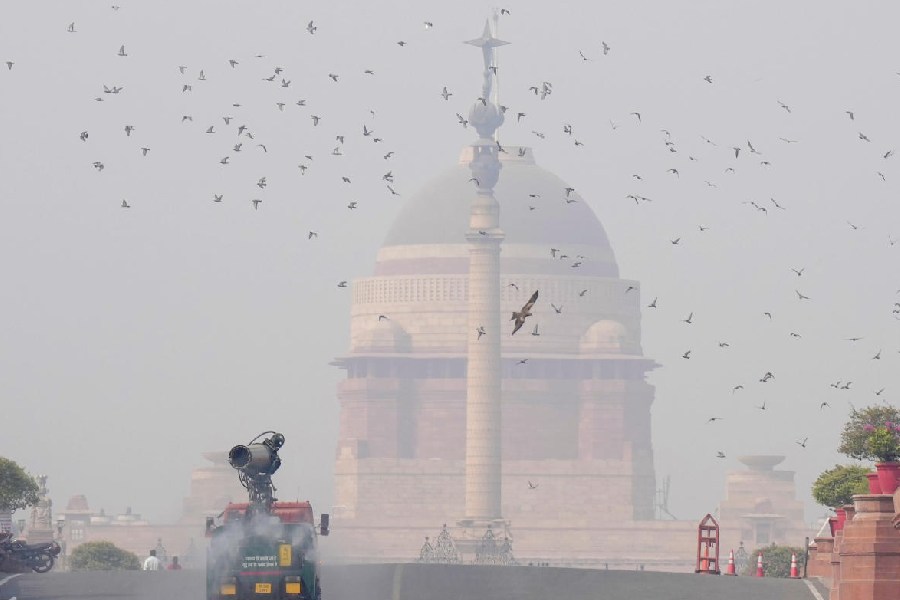Spartacus marked Badal Sircar’s historically — and politically — definitive move away from the proscenium stage in 1972 and the beginning of his exploration of the theatrical potential of alternative spaces. But strangely, and in complete disregard of the irony of it all, contemporary revivals of the play insist on depositing the performance back onto the proscenium stage. The present version of Spartacus, directed by Raju Bera and produced by Nazat Sundarban Natya Utsab Committee, is no exception. The play is mounted as a standard proscenium act with absolutely no attempt to experiment with whatever limited performative innovation that an auditorium offers, spatially and architecturally.
It must be admitted that Bera, working with a group of relatively inexperienced actors based in rural locations around the Malancha-Nazat area, has designed a production that not only successfully hides the obvious general weakness in vocalisation but also pronouncedly highlights the actors’ innate ability to do physical theatre. One also remembers that during his acting days, Bera had earned significant fame for himself as an actor with abundant skills in physical acting. His Spartacus thus depends heavily on choreographed compositions to carry forward the narrative. The hours spent in exhaustive rehearsal sessions bear evident fruit, as impressive synchronised movements breathe life into the formations, some of which are intricately fashioned. The live atmospheric music plays no small part in creating a wonderful dramatic effect, with Samyabrata Mukherjee and Diptesh Mukherjee performing with remarkable sensitivity. Textual necessity dictates the fall and the rise of the music, achieving a fine balance of sound and action. The light by Chandan Das aims to beautify the compositions through a lavish use of multiple hues, which is actually problematic in the sense that the beautifully designed and lit compositions seem to repeatedly detract from the disturbing darkness of the content.
However, the overall effort of a team without any inherited cultural capital performing with poise and assurance in the capital of culture is praiseworthy, with Bristi and Subhrojit meriting special mention.










